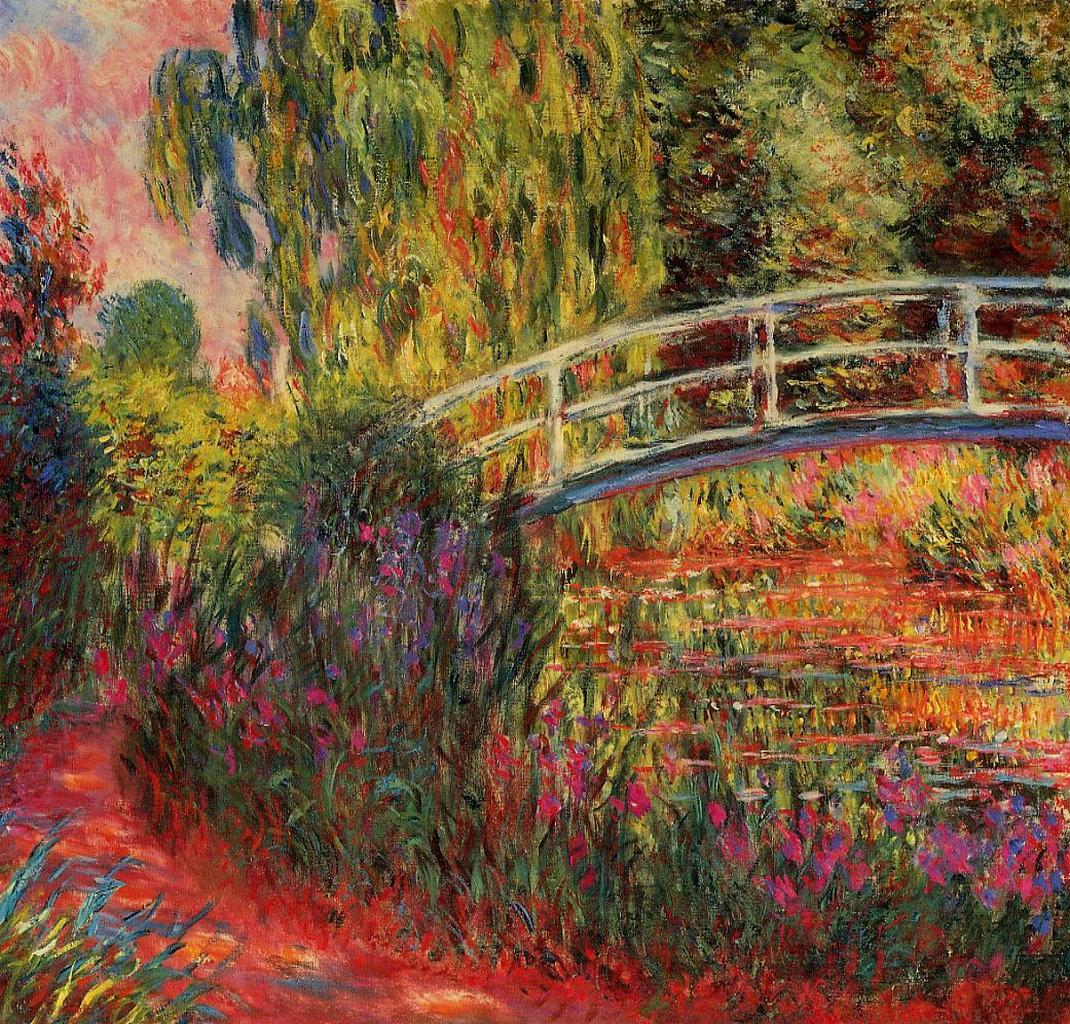Cubism- The Two Phases
Cubism is an
art movement which first began in Paris around 1907. It was led by the famous
Pablo Picasso and Georges Braque. The movement was later joined by Jean
Metzinger, Albert Gleizes, Robert Delaunay, Henri Le Fauconnier, Fernand Léger
and Juan Gris. The Cubists decided to break the tradition in their painting
method. Instead of using only one viewpoint of the subject they were painting,
they used a system were three-dimensional subjects were broken up into
different pieces and redefined from different points of view. Two other strong
believers of cubism’s benefits were Francis Picabia and Marcel Duchamp. Cubism has been considered the most
influential art movement of the 20th century and is spilt into two phases. The
Analytic phase which lasted from 1907 to 1912, and the Synthetic phase which
took over the Analytical phase, from 1913 through to the 1920s.
Picasso's
Portrait of Ambroise Vollard created from 1909 to 1910 ushered in the
Analytical phase. In this painting Picasso looked at the face of Vollard and
disassembled his figure into different pieces that overlap and intersect at different
angles. The analytical phase was mainly about how the artists attempted to show
objects as the mind, and not the eye, perceived them. Another one of the main
artists of the analytical phase was Braque. In Braques painting “Violin and
Palette” made from 1909 to 1910 you can see the various parts of a violin that
are meant to represent the whole instrument seen from various points of view
and also the subject (the violin) merging with the background of the piece to
create an extraordinary painting. In my opinion I really like this style of
painting. It is so unusual though its unusual look separates it from all the
other art movements.
The next
phase of the cubism movement was the Synthetic phase. Synthetic cubism grew
from the analytical phase were Picasso and Braque discovered that through the
repetition of their analytic signs, their work became more generalized and
flatter. This consisted of works with much simpler and fewer forms. Also the
colour range in this phase was much brighter than the last phase and college
was used in the works too. Braque had begun putting material on his canvases as
well as paint including things such as; sand, sawdust and iron filings and
produced what was known to most people as the very first papier collé (a
technique which Braque himself invented) “Fruit Dish with Glass”. Picasso saw
Braques use of these materials in his work and decided to try it out and took
it further, producing his "Still Life with Chair Caning" in 1912.
This piece was the first use of collage. In my opinion I do like this type of
cubism. The use of the different materials creates an illusion in the painting
when the material used is sat on the canvas next to the paint which I really
love. Also when an artist uses a certain material it does leave you wondering
why they used that specifically. I felt this way when I saw Piccassos use of
rope in his piece "Still Life with Chair Caning".




